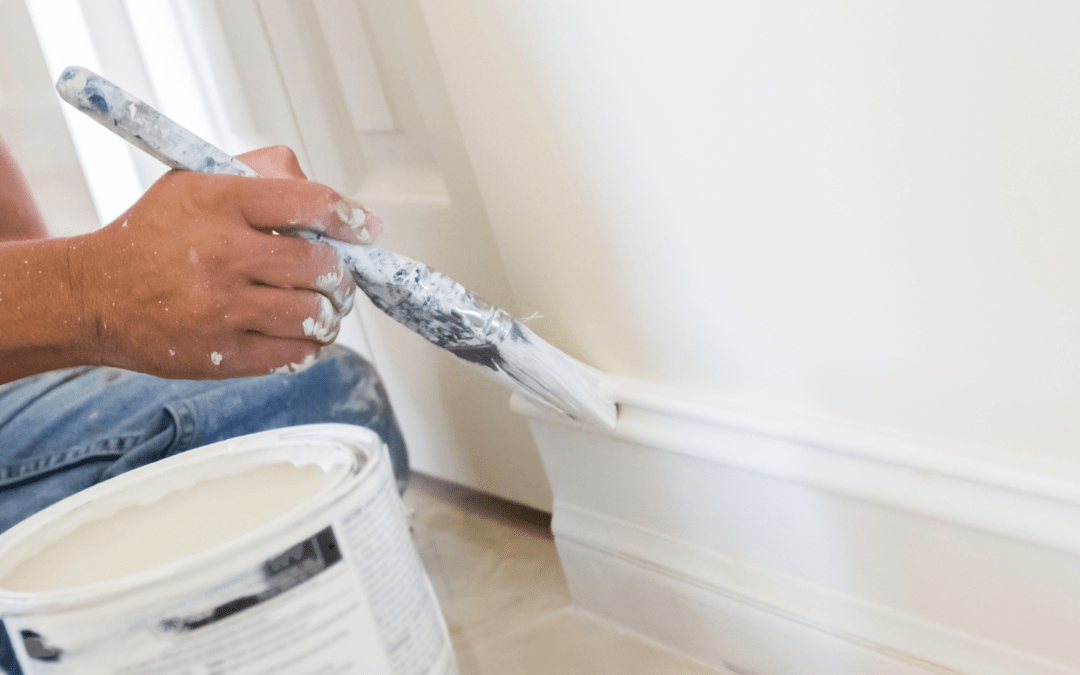Hey there, painting enthusiasts!
At New Look Painting, we understand that starting an interior painting project can feel like diving into the deep end of a pool. But fear not! We’re here to guide you through the process and make sure you come out on the other side with a masterpiece on your hands.
Today, we’re tackling a common conundrum that often leaves DIYers scratching their heads: Should you paint walls or trim first? It’s a question that can make or break the outcome of your project, so let’s dive in and explore some strategies for success.
When it comes to deciding whether to paint walls or trim first, there are a few key factors to consider:
1. Assess the Condition:
Take a close look at the walls and trim in the room you’ll be painting. If the trim is in good shape and doesn’t require much prep work, you may opt to paint it first. However, if the walls have imperfections that need attention, it’s usually best to start with them to avoid any accidental damage to freshly painted trim.
2. Think About Technique:
Think About Technique: Different painting techniques may influence your decision. For example, if you plan to cut in along the edges of the walls before rolling on the main coat, it makes sense to paint the trim first to create clean lines. On the other hand, if you’re confident in your brush skills and plan to paint both the walls and trim without taping off, you may choose to tackle the walls first.
Example 1: If you’re using a brush to carefully cut in along the edges of the walls, painting the trim first can help create crisp lines and minimize the risk of accidentally painting over the trim.
Example 2: On the other hand, if you’re planning to use a roller for both the walls and trim and don’t mind a little touch-up work, starting with the walls may be more efficient.
3. Consider Time Constraints:
Painting can be a time-consuming process, so think about your schedule when deciding which to tackle first. If you’re on a tight timeline and need to allow for drying time between coats, painting the trim first may be more efficient. However, if time is on your side, you can take a more relaxed approach and paint the walls first.
Now, let’s dive into some additional tips for painting walls and trim:
- Preparation is Key: Before you start painting, make sure to thoroughly clean and prep the surfaces. This includes filling any holes or cracks in the walls and sanding down rough spots on the trim.
- Use the Right Tools: Invest in high-quality brushes and rollers for a professional finish. For trim work, a small angled brush works best, while a larger roller is ideal for covering large wall surfaces.
- Choose the Right Paint: Selecting the right paint is crucial for achieving a flawless finish. Opt for a high-quality paint with a finish that suits your desired look, whether it’s matte, satin, or glossy. We love quality and time tested paints like Sherwin-Williams Interior Paints
- Take Your Time: Painting is a labor of love, so don’t rush the process. Take your time and apply thin, even coats for the best results no matter you paint walls or trim first. And don’t forget to allow ample drying time between coats.
Verdict: Should You Paint Walls or Trim First?
After exploring the various factors involved in deciding whether to paint walls or trim first, it’s clear that there’s no one-size-fits-all answer. The choice ultimately depends on factors such as the condition of your surfaces, your preferred painting techniques, and your overall timeline.
For those aiming for crisp lines and minimal touch-up work, painting the trim first may be the preferred approach. This method allows for clean edges and ensures that any paint splatters or drips can be easily covered when painting the walls.
On the other hand, starting with the walls may be more efficient for those using a roller for both surfaces or facing time constraints. This approach allows for a smoother transition between the walls and trim, reducing the need for meticulous cutting-in.
Regardless of which approach you choose – paint walls or trim first – the key is to take your time, use high-quality materials, and enjoy the process. And if you’re ever in doubt, don’t hesitate to reach out to the experts at New Look Painting for personalized advice and assistance.

Painting Safely: 5 Simple Steps to Using Low-VOC Paint
Hey there, eco-conscious homeowners! Are you ready to give your home a fresh coat of paint without compromising your health? Say hello to low-VOC paint – your new best friend for a safer and greener painting experience. Let's dive into five simple steps to painting...
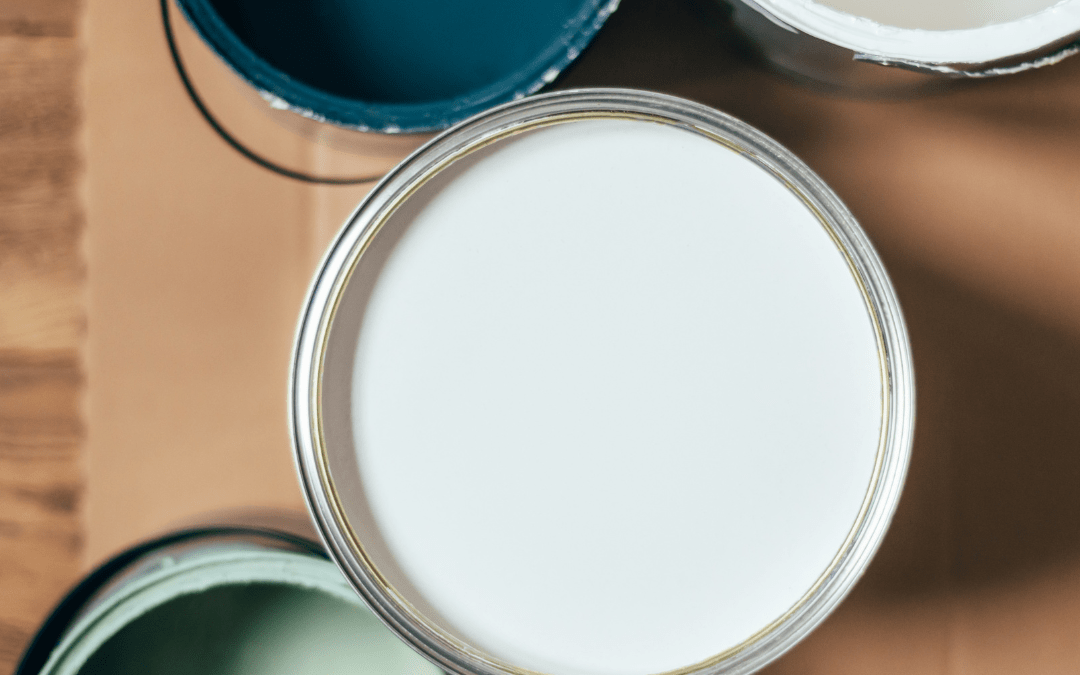
3 Easy Steps to Choosing Between Interior and Exterior Paint: Which One Fits Your Project?
So, what’s the big difference between these two types of paint? Well, for starters, they’re designed for different jobs. Exterior paint is like your home’s first line of defense against the elements. It’s tough, it’s durable, and it can handle whatever Mother Nature throws its way. Interior paint, on the other hand, is all about style and comfort. It’s made for the inside of your home, where it’s cozy and dry.

11 Calming Paint Colors To Make A Happy Home
11 Interior colors that can take a cold home and turn your rooms into a warm, inviting and comfy space.
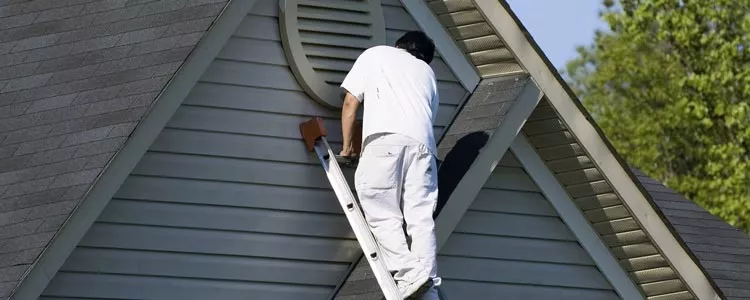
Tipping Etiquette: Should You Tip Your Painters?
Every homeowner wants their home to look its best. So when they hire professional painters, they expect top-notch service. But after the job is complete, the final walkthrough is done, and the painting crew is packing up, you might be asking yourself a good question: Do you tip painters?
In many service-based industries, tipping is pretty straightforward, and expected, but the guidelines aren’t quite as clear with professional painters.
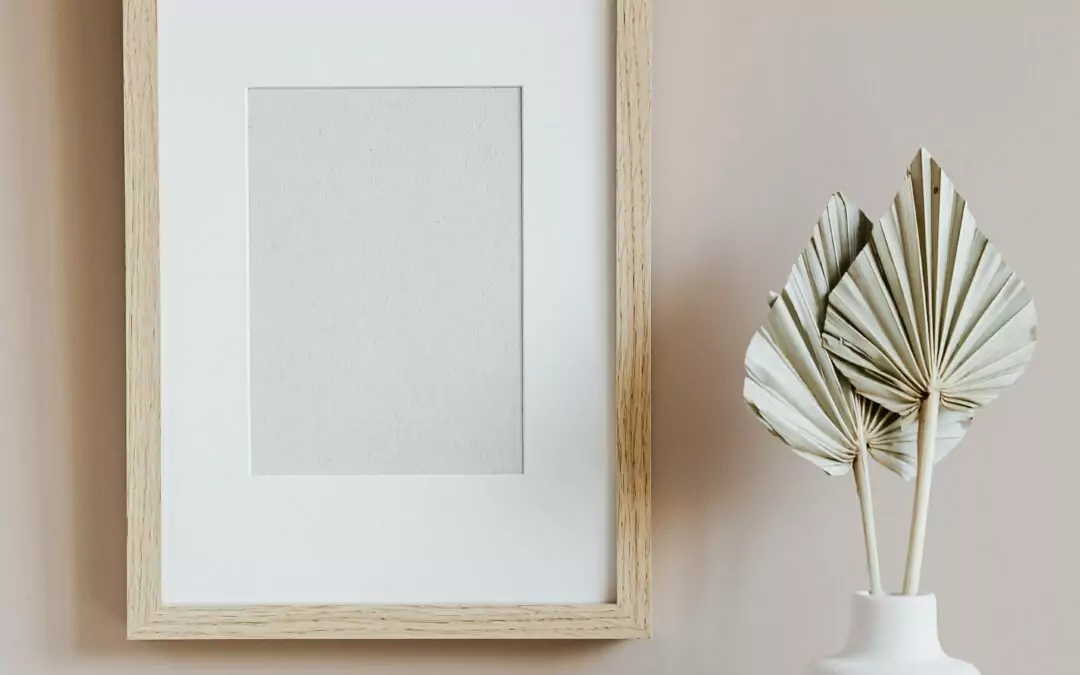
Natural vs. Artificial Light: How Lighting Affects Paint Colors
When decorating a room, one factor often overlooked is the influence that lighting has on interior paint colors. Whether it's coming from the golden sun or from a cool LED lamp, the type of light in a space can dramatically alter the appearance of the paint. In this...
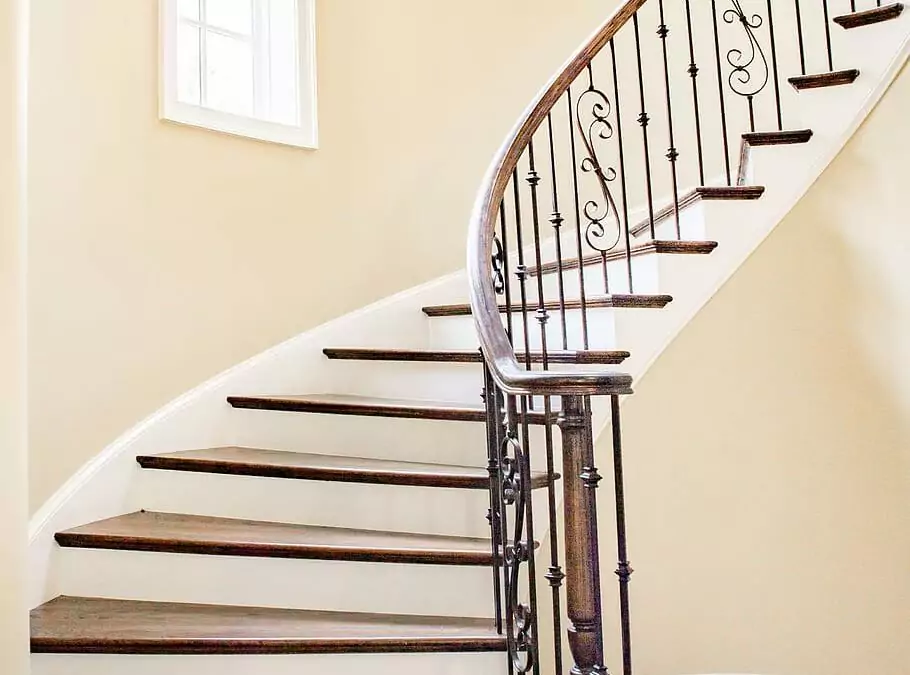
Benefits of Painted Staircases: Transform Your Home’s Focal Point
It is important to pay special attention to the type of paint being used as well as the technique used to apply paint to give the right effect. Follow these tips to prevent that from happening.
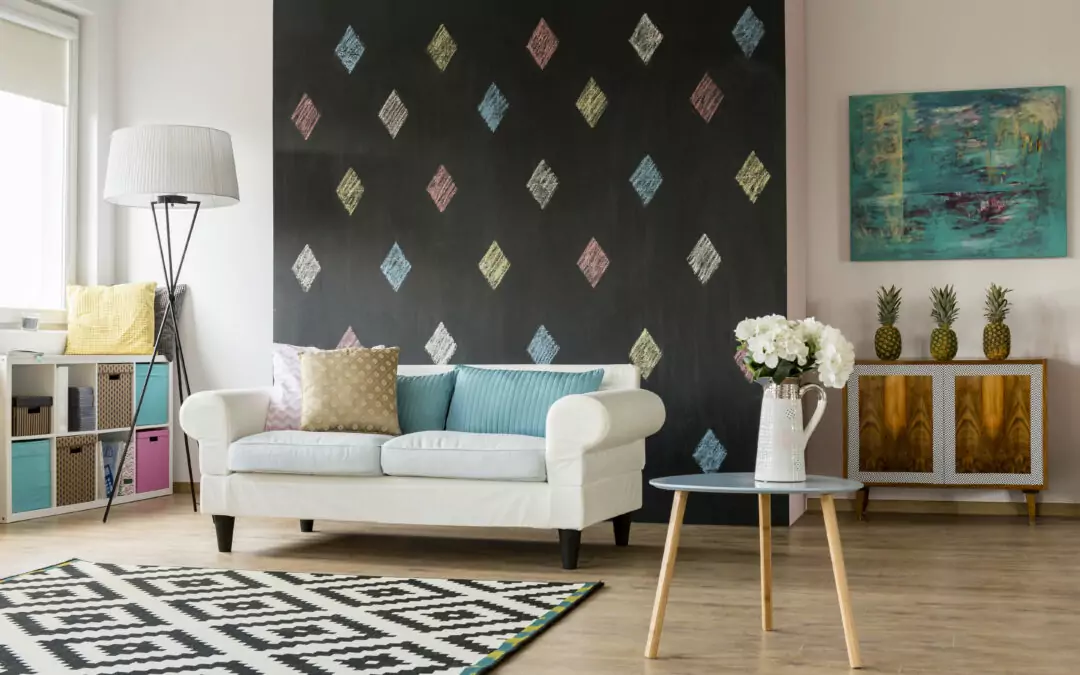
What is Chalkboard Paint? Exploring Creativity and Applications
It is important to pay special attention to the type of paint being used as well as the technique used to apply paint to give the right effect. Follow these tips to prevent that from happening.
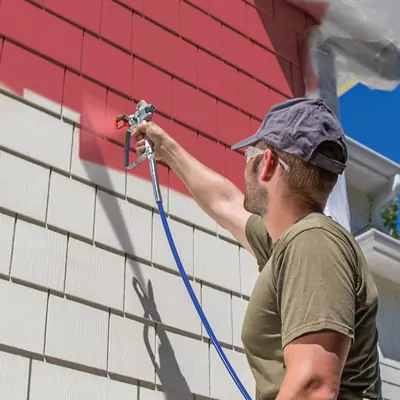
How to Achieve a Smooth Brush-Free Finish with Paint Sprayers
It is important to pay special attention to the type of paint being used as well as the technique used to apply paint to give the right effect. Follow these tips to prevent that from happening.
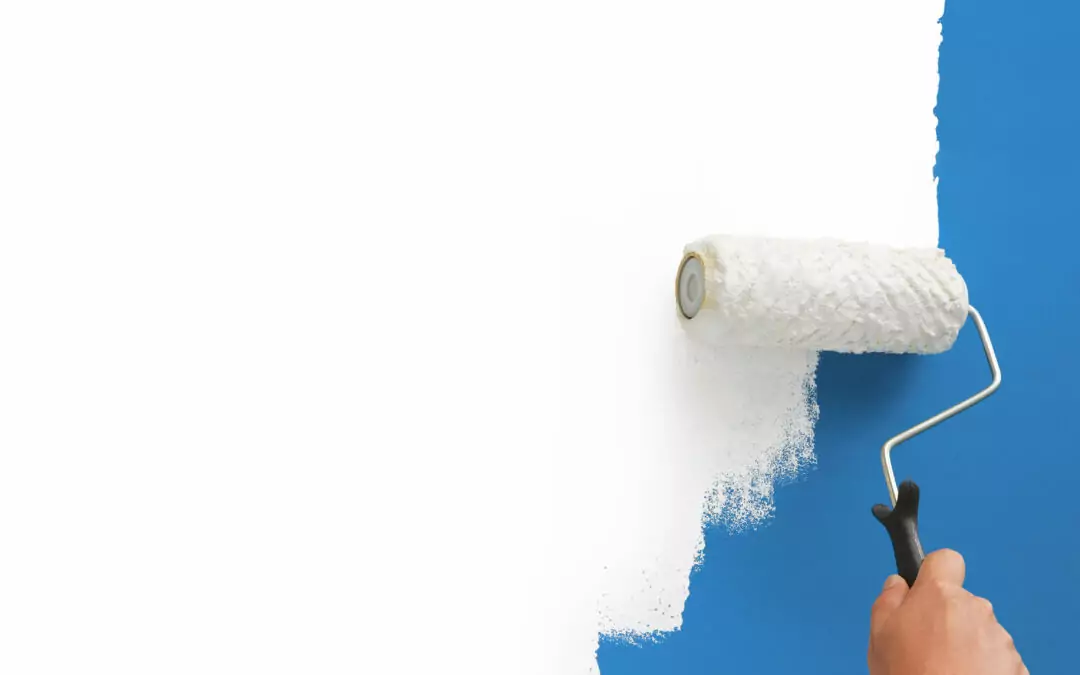
Tips for Painting Over a Dark-Colored Wall with Lighter Paint
It is important to pay special attention to the type of paint being used as well as the technique used to apply paint to give the right effect. Follow these tips to prevent that from happening.
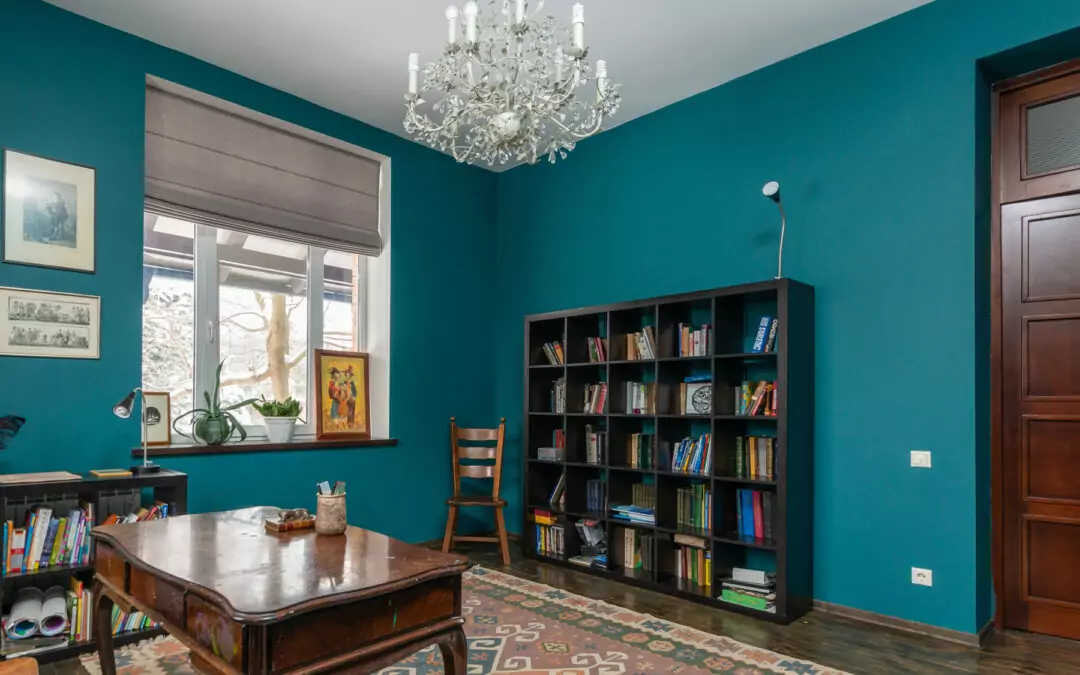
Choosing the Right Paint Colors for a Productive Home Office
It is important to pay special attention to the type of paint being used as well as the technique used to apply paint to give the right effect. Follow these tips to prevent that from happening.

